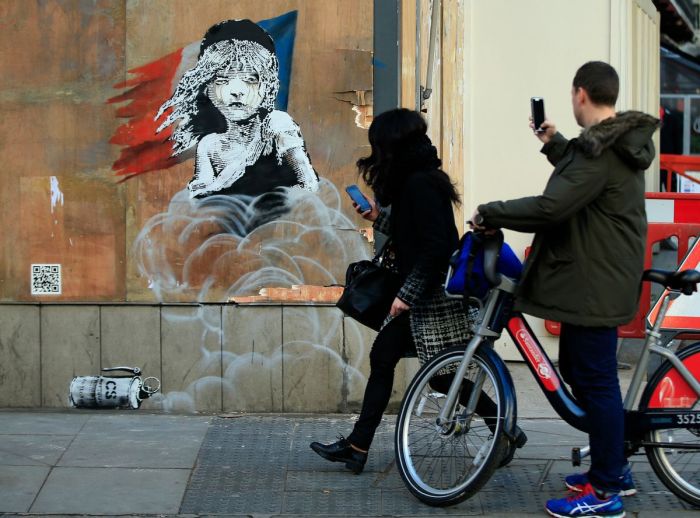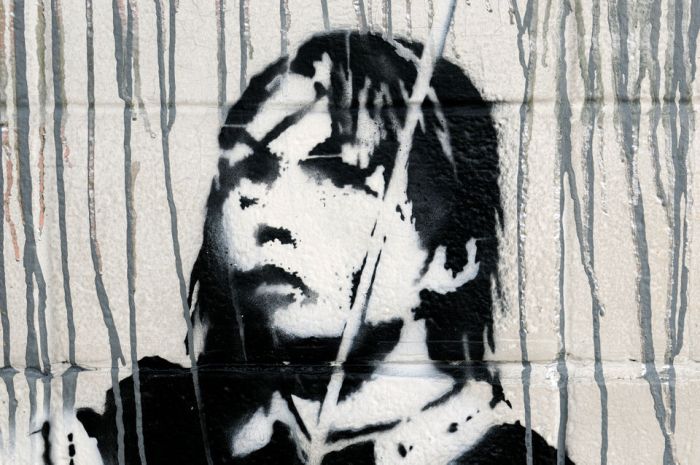Banksy and the tradition of destroying art sets the stage for this enthralling narrative, offering readers a glimpse into a story that is rich in detail and brimming with originality from the outset. This discourse will delve into the historical precedents of art destruction, analyze Banksy’s motivations and intentions, and explore the intersection of destruction and creation in his work.
Beyond examining Banksy’s specific instances of art destruction, we will also delve into the ethical implications and debates surrounding his actions, considering how his approach has influenced or challenged traditional notions of art and its preservation. Speculating on the potential long-term effects of Banksy’s actions on the art world, we will analyze the ways in which his legacy as an artist will be affected by his unconventional approach.
Banksy and the Tradition of Destroying Art

Banksy, the anonymous street artist, has gained notoriety for his provocative and often politically charged art. One of the most striking aspects of his work is his willingness to destroy his own creations, a practice that has sparked controversy and debate within the art world.
Historical Precedents, Banksy and the tradition of destroying art
The destruction of art has a long and storied history, dating back to ancient times. In the 19th century, artists such as Marcel Duchamp and Kurt Schwitters began to challenge traditional notions of art by incorporating found objects and everyday materials into their work.
This blurring of the line between art and non-art opened the door for artists to explore the destructive potential of their creations.
Notable examples of artists who have destroyed their own work include:
- Marcel Duchamp: In 1919, Duchamp famously urinated on a copy of Leonardo da Vinci’s Mona Lisa.
- Kurt Schwitters: In 1947, Schwitters destroyed his Merzbau, a large-scale installation that he had been working on for over two decades.
- Yayoi Kusama: In 1963, Kusama staged a performance in which she cut up one of her paintings and distributed the pieces to the audience.
These artists’ motivations for destroying their work varied widely. Some, like Duchamp, sought to challenge the sanctity of the art object and question the very definition of art. Others, like Schwitters, saw destruction as a way to express their frustration with the political and social conditions of their time.
And still others, like Kusama, used destruction as a means of catharsis and personal expression.
FAQ Section: Banksy And The Tradition Of Destroying Art
What is the significance of Banksy’s art destruction?
Banksy’s destruction of his own art is a provocative act that challenges traditional notions of art and preservation. It invites us to question the boundaries of artistic expression, the ephemeral nature of art, and the tension between creation and destruction.
How has Banksy’s approach influenced the art world?
Banksy’s approach has influenced the art world by challenging conventional practices and sparking a dialogue about the nature of art. His actions have encouraged other artists to explore unconventional forms of expression and question the traditional boundaries of art.
What are the ethical implications of Banksy’s art destruction?
The ethical implications of Banksy’s art destruction are complex and subject to debate. Some argue that destroying art is an act of vandalism that diminishes its value and accessibility. Others view it as a legitimate form of artistic expression that challenges traditional notions of ownership and preservation.


